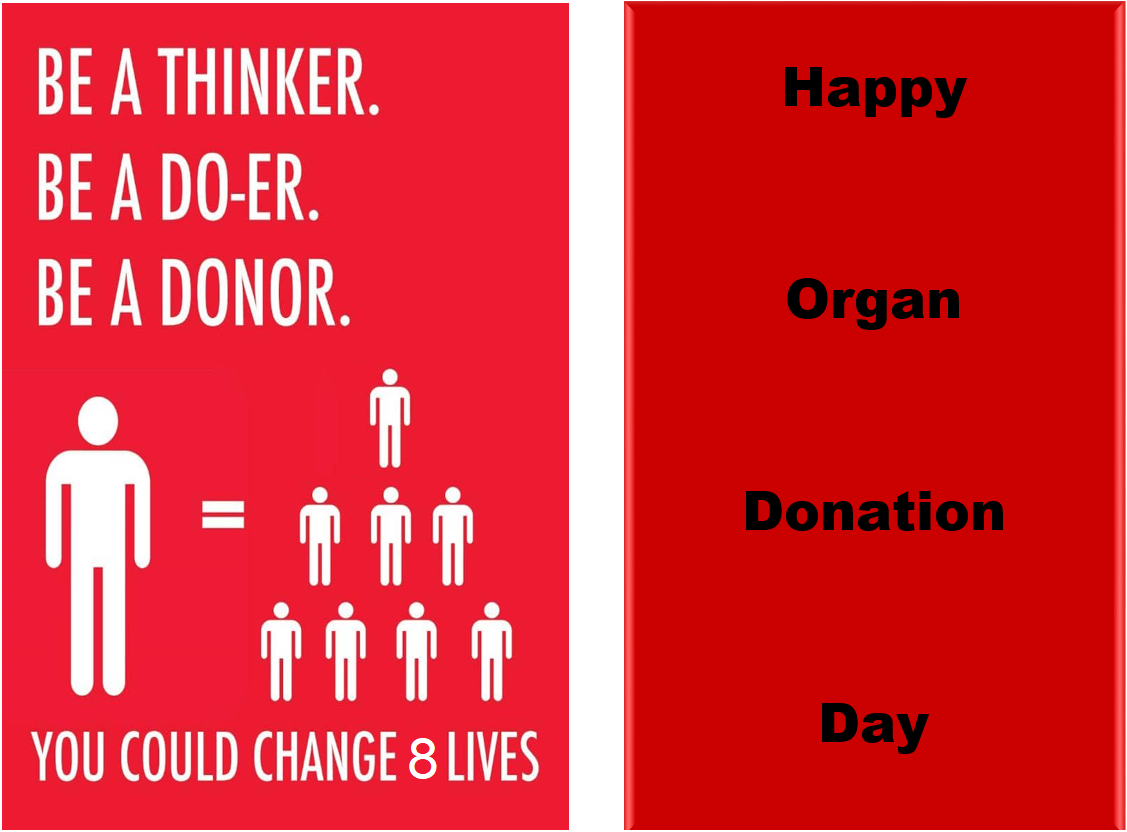
اهدای زندگی Life Donation
به نام خدا، مطالبی راجع به اهدای عضو-اهدای سلولهای بنیادی-اهدای خون-اهدای پلاکت-اهدای پلاسما با همکاری کانون اهدای زندگی دانشگاه بناب--- آدرس صفحه اینستاگرام: ehda.zendeghi@
اهدای زندگی Life Donation
به نام خدا، مطالبی راجع به اهدای عضو-اهدای سلولهای بنیادی-اهدای خون-اهدای پلاکت-اهدای پلاسما با همکاری کانون اهدای زندگی دانشگاه بناب--- آدرس صفحه اینستاگرام: ehda.zendeghi@Happy Organ Donation Day

Organ and tissue transplantation have a long history in Iran. Some researchers believe that Avicenna was the first to suture nerves together.
However, organ transplantation using modern methods and technologies goes back to 1930s. Registered data from Iran shows an acceptable progressing trend in the quantity and quality of various types of organ and tissue transplantation in Iran over recent decades. For instance, Iran has one of the most successful kidney transplantation programs in the region, along with various attempts of policy-makers in order to provide preventive approaches for end-stage renal diseases, distribute dialysis equipment, and enhance cadaveric organ donation.
Organ transplantation is a new issue in medical science. It is an important achievement and a sign of the progression and ability of medical centers around the world. Governments, populations, the medical community and people involved in culture, art, and media all have a decisive role in the culture of organ donation, which is the only way to guarantee that the healthy organs of a brain-dead person can continue to work and save the lives of people in need of organ transplantation. The brain death phenomenon and its possible application in organ transplantation, while offering new hope for the salvation of a number of patients, has led to many ethical, cultural, and legal issues. Ethical issues in organ transplantation are very complicated due to many social factors such as religion, culture, and traditions of the affected communities. The ethical and legal points of removing organs from the body of a living or cadaveric source, the definition of brain death, the moral and legal conditions of the donor and the recipient, and the financial relationship between them and many others, are all critical issues in organ transplantation. While there may be no available explicit solution to these issues, they should be rigorously considered by the experts. Efforts to systematically eliminate barriers and solve problems in organ transplantation, can not only reduce the costs of maintaining brain-dead patients and encourage patients that need organ transplantation but can also prevent immoral and illegal activities.
Javad eynaki maleki
What is Cord Blood? Why save Cord Blood? Banking with Royan

Types of cord blood storage banks
There are two types of cord blood storage banks:
Public Bank: For Public Use (Unrelated)
In this method, the donated cord blood is stored for the general consumption of the patients and not only for the consumption of themselves and the donor's family, and therefore no cost is received from the cord blood donor.
Private Bank: For Private Use (Relative)
In this method, the cost of collection, storage, processing and maintenance is paid by the family, so the sample is kept for the family itself.
Ref : https://www.rsct.ir/en

Image Ref: https://www.closerlookatstemcells.org
Thank you for trying to save a human life
Translator : Javad Eynaki Maleki
Difference between blood donation and blood plasma donation & Blood Plasma Applications
The difference between blood donation and plasma donation:
Plasma donation is done by the device and only the blood is taken and the blood returns to the person, but the process for blood donation is such that the blood enters the blood bags completely. Of course, plasma can be extracted from the same bag after blood donation, but the volume of plasma by blood donation is one third of the plasma volume that can be taken independently by the device. Annually, 500,000 liters of plasma are produced in the country, which produces 300,000 liters in the private sector. The Blood Transfusion Organization produces 200,000 liters of plasma from blood donated by the public.
Plasma Applications:
The obtained plasma is sent to plasma refinery centers for injection to patients or to produce specific pharmaceutical products derived from plasma.
Thank you for trying to save a human life
Translator : Javad Eynaki Maleki